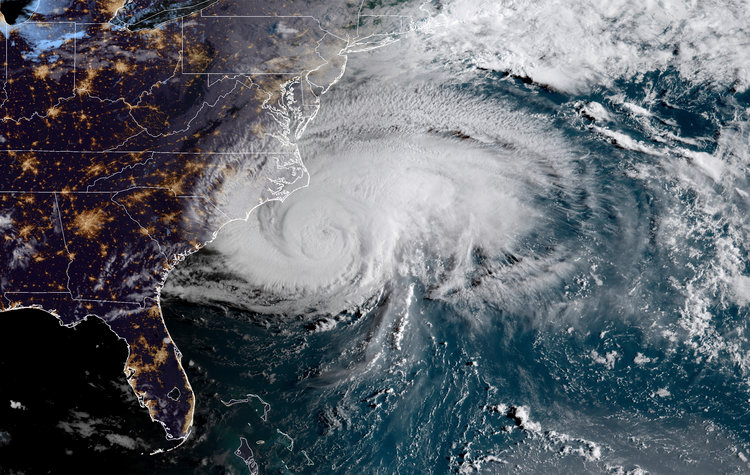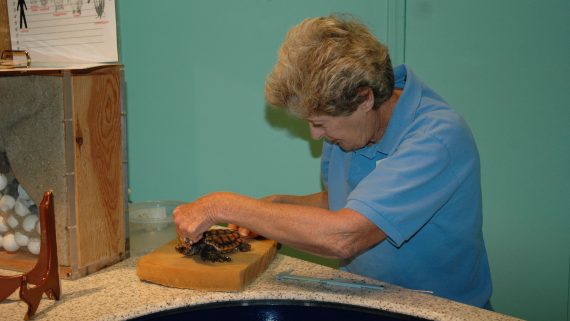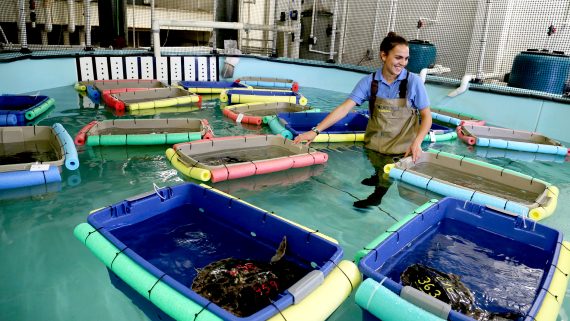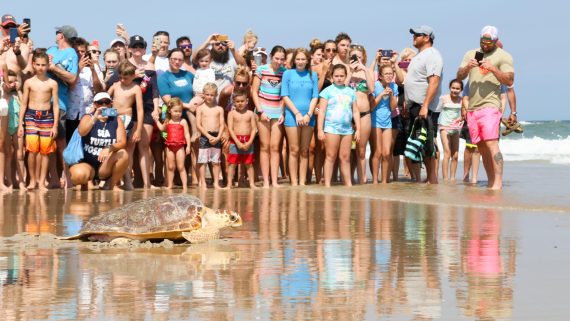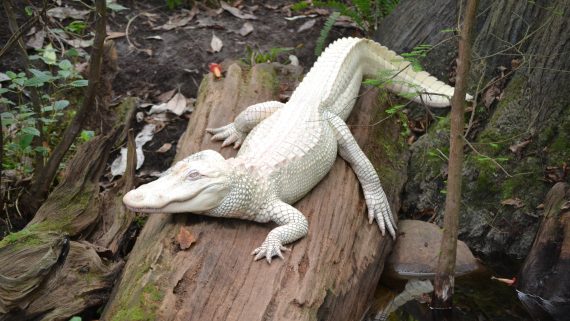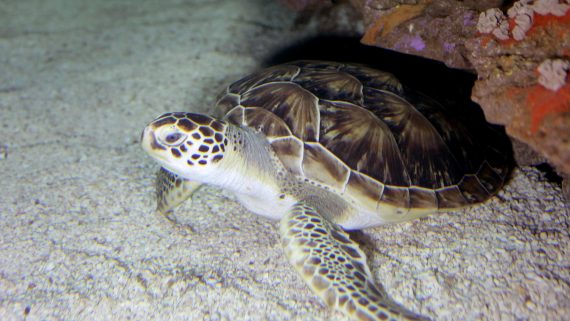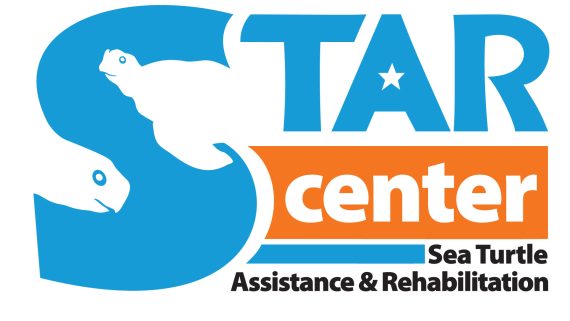Hurricane Impacts on Sea Turtle Nests
During the late summer and early fall, people flock to the beach to vacation and take advantage of seasonally warm ocean temperatures. However, those water temperatures also help create conditions to fuel destructive hurricanes.
Hurricane season runs from June 1 through November 30 each year, coinciding with sea turtle nesting season. When a hurricane threatens, people make plans to protect life and homes, gather supplies and evacuate ahead of the storm. But what about sea turtle eggs quietly incubating in their sandy beach nests?
This year, Hurricane Florence made landfall in Wrightsville Beach, NC on Friday, September 14. Hurricanes not only impact humans residing on the coast, but they also endanger other animals including sea turtles.
As storm surge from a hurricane pushes its way onto land, erosion of the beach is more likely to occur. Sea turtle nests are vulnerable to this erosion as well as inundation by water. Most turtles make their nests high on the beach, near the dune line. That tactic helps those nests stay in place during storm-fueled erosion. However, some beaches simply are not wide enough for turtles to make their nests away from the water. If there is not enough distance between the dune line and the water line, then any nests in that area are susceptible to being washed away during a hurricane.
Luckily, the survival of sea turtles’ species does not rely on a single nest. Sea turtles can lay up to seven clutches in one year. They lay those clutches in the same area but not necessarily on the same beach. For example, two leatherback nests were discovered on the North Carolina coast this year. Scientists believe these nests were laid by the same turtle. One of the nests was located in the Fort Fisher State Recreation Area, while the other was on Cape Lookout National Seashore, more than 100 miles away. If a storm comes through, like Hurricane Florence did on Sept. 14, it’s possible not all the nests would be damaged as they are spread out across a geographic area.
Sea turtles also benefit from human involvement “This year with hurricane Florence predicted to make a direct hit, Pleasure Island Sea Turtle Project volunteers worked very hard to try to protect the remaining nests on Carolina and Kure Beach,” said Julie Johnson, Husbandry Curator at the North Carolina Aquarium at Fort Fisher. “All the remaining nests on both beaches were recorded by GPS, because volunteers knew the beach would look different after the storm and visual markers would not be present. Volunteers also built sand berms around the nests to try to protect the nests from over wash and inundation.”
This extra effort is worthwhile when it means nests successfully survive the storm. In fact, Johnson said several Carolina Beach nests managed to hatch after the storm with very little impact to the baby turtles.
As climate change pushes ocean temperatures warmer, science indicates an increase in the number and strength of hurricanes impacting beach areas. Time will tell if sea turtles can adapt quickly enough. We can help turtles, as well as ourselves, by making choices to mitigate the effects of climate change and lowering our carbon footprints.
Two hatchlings that were not impacted by Hurricane Florence because they were in the care of the Aquarium, are continuing to do well. Hatchling A is 207.2 grams and 10.9 centimeters while hatchling B is 176.3 grams and 10.3 centimeters. Follow along with their measurements by looking at the table in this post.


